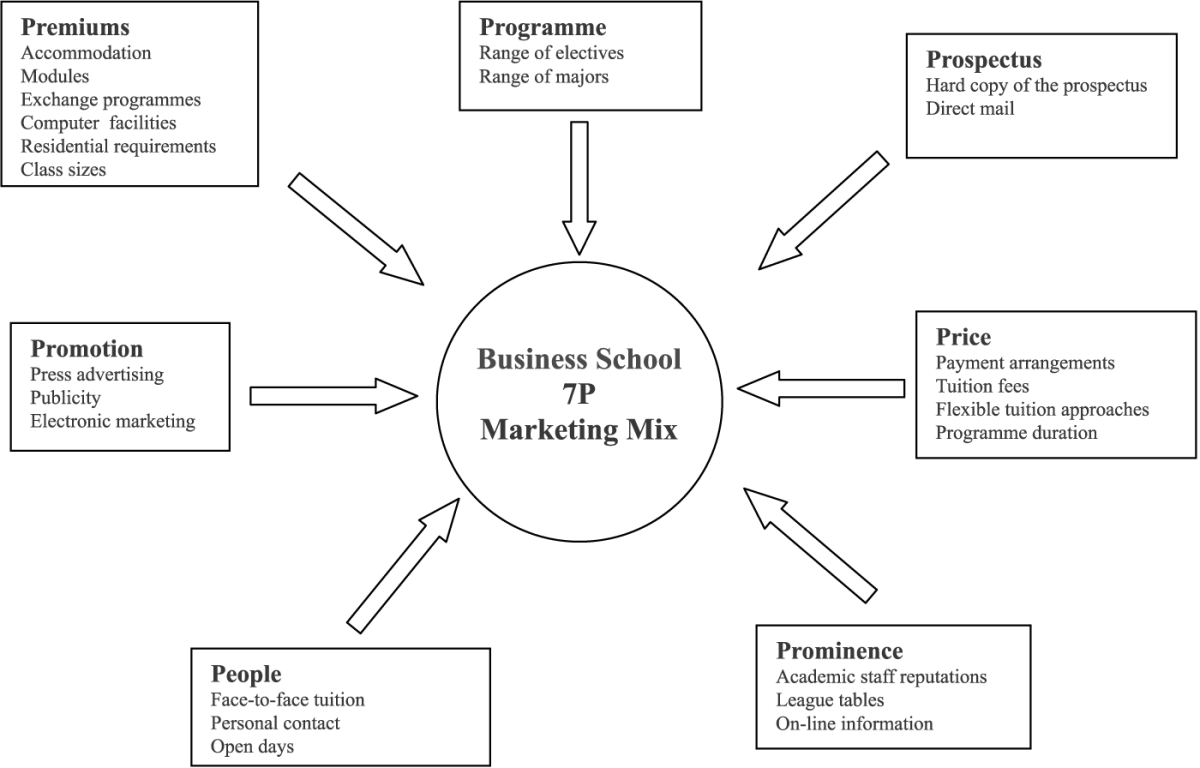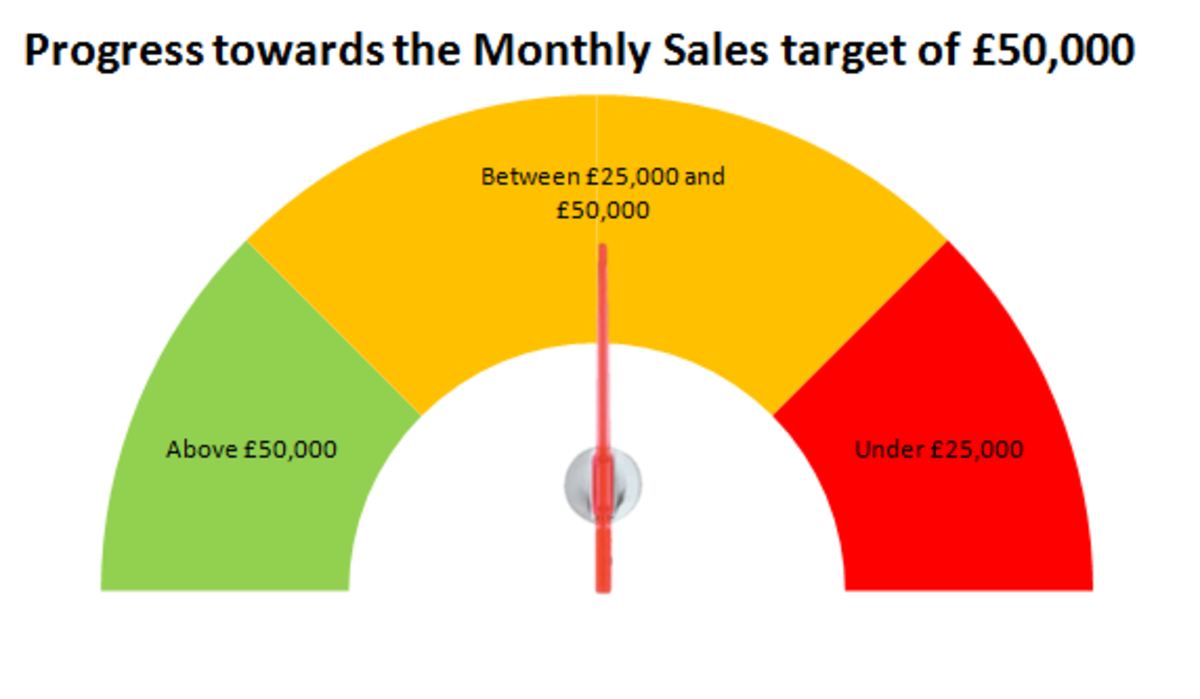Top 7 Product Failures
One of the best ways to stay ahead of competition is to launch new products. But what happens if this dream product fails to launch or worse, the product completely fails? Often products fail to launch or face complete failure due to various reasons. Here are the top 7 product failures, some of them which proved disastrous to the company, and some simply put them to shame.
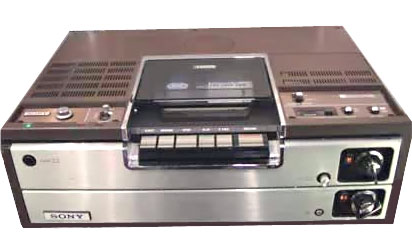
1. Sony Betamax
Many people born today may not be aware of the era of recording tapes. It was the time when the VHS format became popular for recording video. Sony Betamax was the first video recording tape to be launched in 1975. JVC later launched the VHS format in 1976. This marked the beginning of the format war. As anyone before the DVD era knows, Betamax lost this war. But, why did it lose this war? There were many reasons quoted for this failure, but one reason for the failure was most important.
The VHS format of tape could hold two hours of video, whereas the Betamax tape could hold only an hour of video. JVC later also tied up with RCA, hence extending its VHS recording capacity to four hours. Naturally, VHS gained more popularity in the movie industry over Betamax. This led to the decline of Sony’s Betamax.
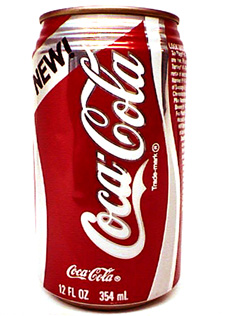
2. Coca Cola – New Coke
When we talk about brand wars, probably the first to come to mind is the war between Coca Cola and Pepsi. In the 1980s, Coca Cola was rapidly losing market share to Pepsi Co. Pepsi was gaining popularity due to its sweeter taste. Seeing this massive popularity for sweeter taste, Coca Cola decided that it was time for a taste makeover. In reply to Pepsi, Coke launched its “New Coke” which was sweet. But little did Coca Cola know that it was a huge mistake it could ever make.
The company completely removed its original flavor from the shelves and replaced them with New Coke. It took little time for people to become enraged when they found that their favorite Coca Cola was completely gone. They started boycotting the new Coke product. This made Coca Cola realize its mistake. The company then decided to bring back its original formula. Though the disaster did not leave an everlasting bad taste in the company’s mouth, it definitely made the company realize not to mess with the brand name.
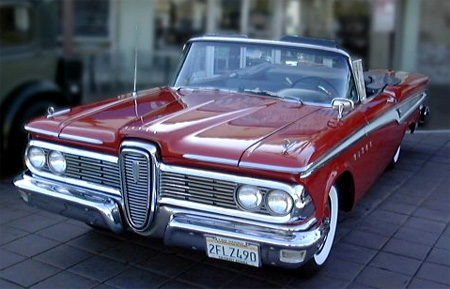
3. Ford Edsel
Ford Edsel was a car which saw one of the grandest launches in history when it got launched on September 4th 1957. Despite this grand launch, the company had to halt Edsel’s production in 1960 after a loss of $350 million. But why did this debacle happen? The first reason was that people found nothing “new” in that car when compared to others. It was no more reliable than any other car in the market. There was no special reason why people would buy it. The second reason, according to some market strategists is that, Ford oversold its car that it actually killed it instead of making it a hit.
Despite its marketing hype, people didn’t see anything revolutionary in the product, but just another Ford car. The third reason is that people didn’t like the car’s body even a bit. The final reason that nailed it was the timing when Ford released its car. America was facing an economic situation similar to the current recession which made impossible for many people to buy an expensive car.
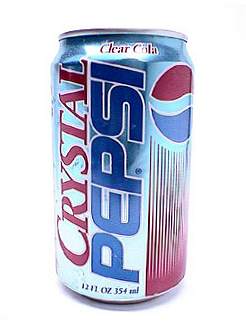
4. Crystal Pepsi
Crystal Pepsi earns a spot in the top 7 product failures for its own reasons. This again had to do with the “brand name” that Pepsi had already created. In the early nineties, there was a huge rage about health drinks. People started preferring Perrier and Evian over colas. Pepsi promptly decided to jump on the bandwagon.
With this intent, Pepsi Co. launched its new brand, Crystal, the clear and caffeine-free cola. However, the brand image of Pepsi was so strong that people just couldn’t relate to its clear version. Moreover they hated the taste, which was nothing like cola. Though the idea may have been noble, Crystal failed to gain any popularity and Pepsi had to withdraw the product from the shelves.

5. Google Buzz
What was all that buzz when Google launched its social network? I don’t think many people know what it is (or was) and many people simply don’t care. Some critics called it the biggest mistake Google made. When Google Buzz was launched, it came piggybacking the accounts of all Gmail users. People were already riding the Twitter wave and with that, Google Buzz had no way of beating it. Not only was it late to the party, there were other problems which it didn’t address.
Google has always been claiming that its products have an edge in providing privacy to customers. Ironically, many people know that privacy policies of Google Buzz or any other product may land Google sometime in court.
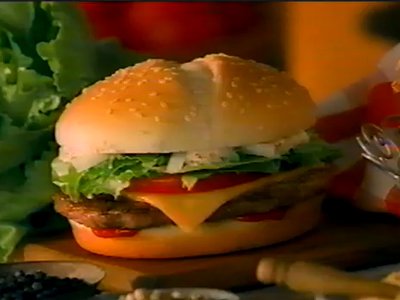
6. McDonald’s Arch Deluxe
It is quite hard to fathom a product failure by a top franchising giant. The Arch Deluxe was the new hamburger, McDonalds launched specifically for adults. The company spent about $100 million on its advertising. McDonalds should have known earlier that it was trying to expand into a market segment which was strictly at odds with its brand identity. However, it soon realized its mistake when the product failed to become popular in the adult segment. Naturally, it was forced to withdraw Arch Deluxe after a bitter failure to become popular.
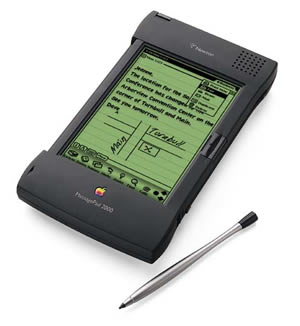
7. Apple's Newton
One would not expect a product failure from a company such as Apple. However, few people know that Apple had a long period of failures before its iPods, Macintosh, tablets and so on. “The Newton” was such a product launched by Apple in this era of failures. The Newton was a handheld device launched in 1993, with an expectation to change the ways of personal computing.
The official name was MessagePad though the popular name was Newton. What was the reason for its failure? As usual, like any typical Apple product, this too was overpriced. But the bigger reason was that its handwriting recognition software was highly inaccurate though the marketers had touted it as unprecedented. The product had to be recalled in 1998. The interesting thing however with this product was that it was not a complete failure. The gadget became a template for the PDA craze that followed.
So, here are the top 7 product failures which made quite a buzz in the market and taught these companies some valuable lessons, the hard way. Which one would you like to add?



